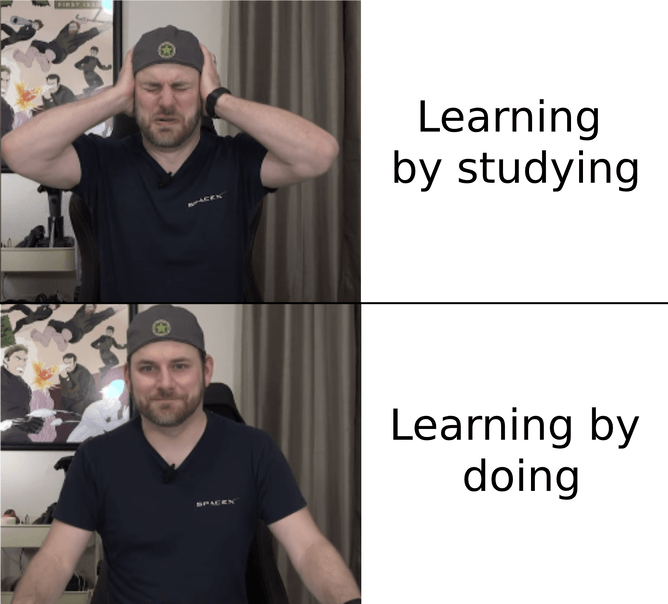Back in school, I struggled to stay focused in maths class. Equations felt abstract, and numbers just floated around without meaning—I loved science, but maths? I could barely keep my eyes open. That all changed when a teacher finally showed me how maths could be used to solve real-world problems (Thank you Mr Ooi!). Suddenly, it clicked. My curiosity was sparked, and for the first time, the subject made sense. That moment has stuck with me and shaped my belief in the power of hands-on learning—especially for young students. When learning is interactive and grounded in something real, abstract concepts come to life, and even the trickiest subjects become genuinely engaging.
Bringing STEM To Life With Real-World Examples
There's a big difference between reading about science, technology, engineering, and mathematics (STEM) and actually doing it. There’s a world of difference between reading about STEM (science, technology, engineering, and mathematics) and actually doing it. When students can connect abstract ideas to real-world projects, suddenly it all clicks. Designing a laser-cut model using geometry or writing code with algebra makes maths feel useful—and even fun. When learners can build, test, tweak, and see the results of their thinking, they don’t just memorise facts—they understand them. This kind of hands-on learning builds deeper knowledge, stronger problem-solving skills, and sparks the kind of creative confidence that sticks.
Want to Raise a Thinker? Hand Them an Allen Key
Hands-on learning shines in engineering—because nothing beats building it yourself. For school-age students, the chance to physically explore STEM concepts through interactive kits makes those big ideas feel real (and fun!). When learning is tactile and relatable, complex topics become less intimidating and a whole lot more exciting. At She’s Got Lasers, I’ve found that laser-cut kits are a brilliant way to bring engineering principles to life. These hands-on experiences don’t just teach—they ignite curiosity and confidence, helping grow the next generation of STEM creators and problem-solvers.
Creating Inclusive Opportunities In STEM Education
Hands-on, real-world learning isn’t just effective—it’s inclusive. Interactive approaches make STEM more accessible to students who think and learn in different ways, including neurodivergent learners and those traditionally underrepresented in these fields. By using tactile tools and visual prompts, educators can connect with a broader range of learning styles and needs. This kind of inclusive education opens the door for more students to see themselves in science and engineering. When learning is engaging and adaptable, it doesn’t just teach concepts—it builds confidence, curiosity, and the sense that there is a place for everyone in STEM.
Making Learning Relatable For A Brighter Future
The real magic of hands-on learning is in how it connects abstract ideas to the real world. For students—especially those who need more than just textbooks to stay engaged—seeing how concepts apply in everyday life can be a game-changer. It’s what helped me find my way, and it’s what drives everything we do at She’s Got Lasers. By turning lessons into experiences and encouraging curiosity through creativity, we’re not just teaching facts—we’re preparing young minds to take on the future. Because when learning feels relevant, exciting, and personal, anything becomes possible.



